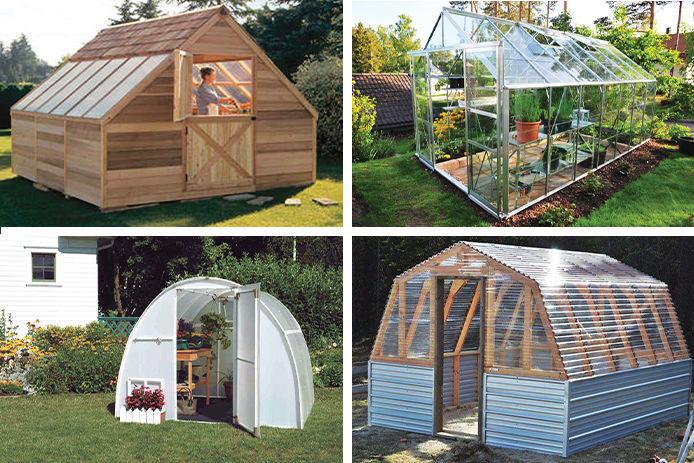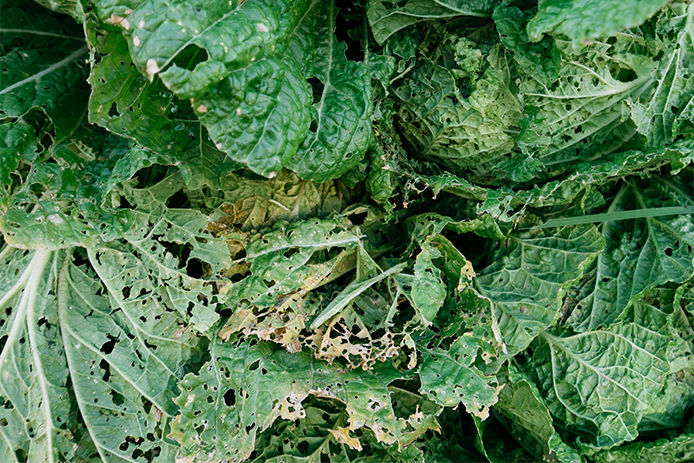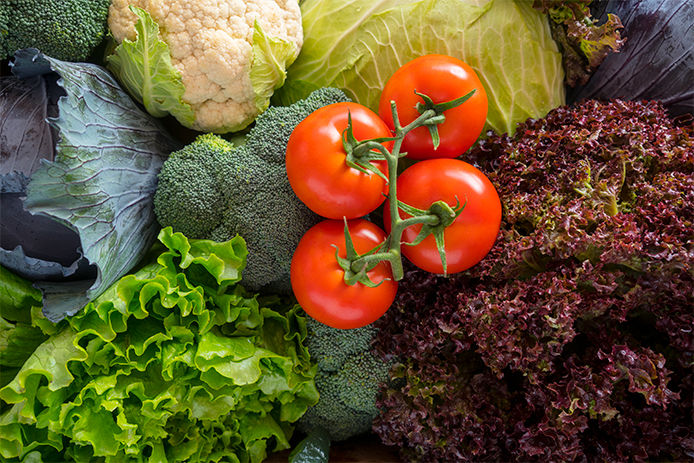Initially, with any project, it can be costly. The largest cost is the kit you purchase or the materials you use to build your greenhouse. If you or your spouse is handy you can repurpose items you may already have, to build a greenhouse. Most greenhouse kits under $600 are going to be fairly simple in design and may not be the best option if you live in an area that experiences potential hazards such as strong winds, torrential downpours, or power outages. With changing weather, it is best to buy or building something that is going to last.
Aside from the structure, you’ll need a cart or two, some shelving, plants – already started or seeds, a storage container, soil, grow lights (optional), solar panel kit (optional), and other tools as you see fit. Starting a greenhouse could cost anywhere from $400 to the high thousands, depending on the size.







